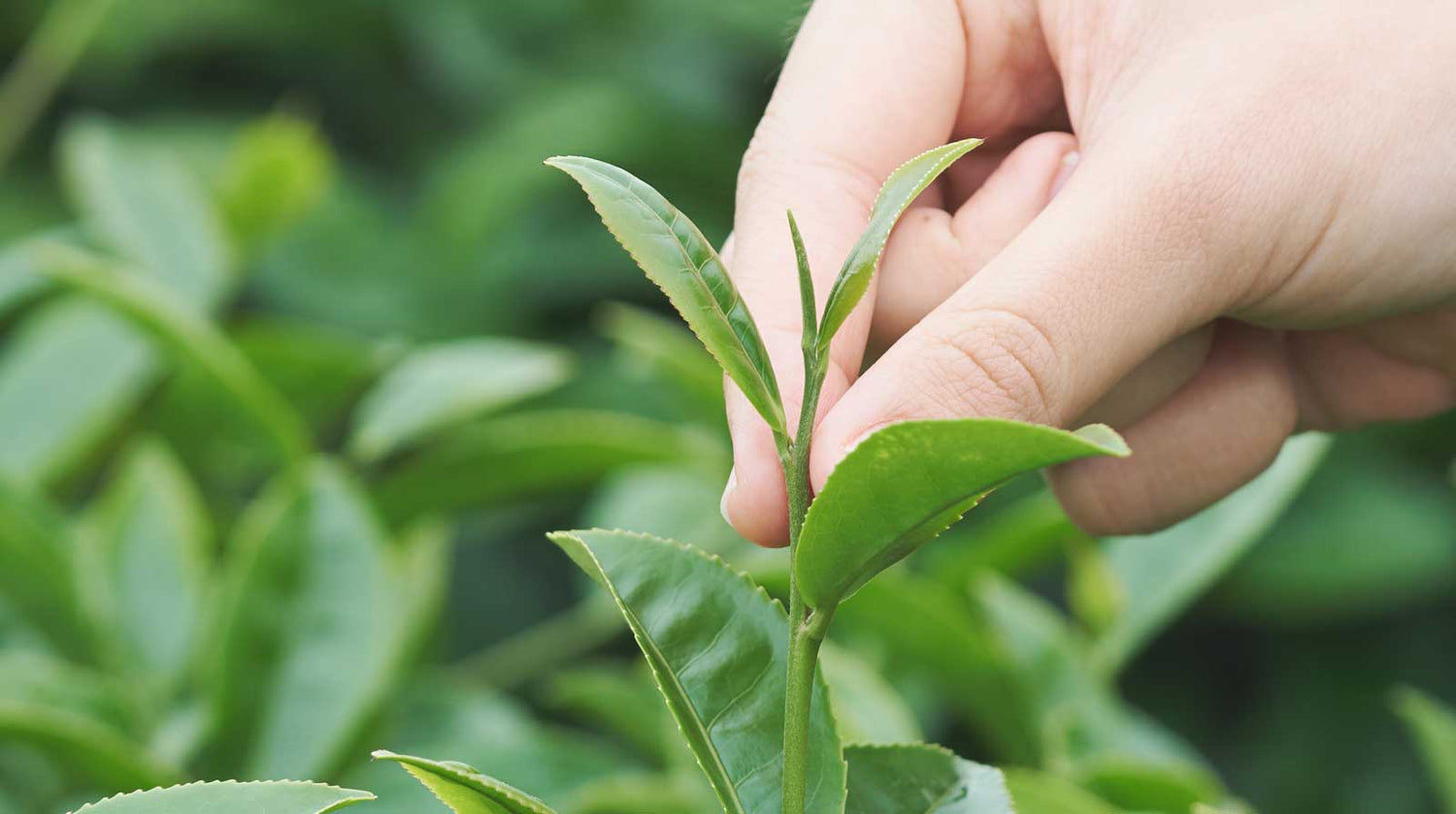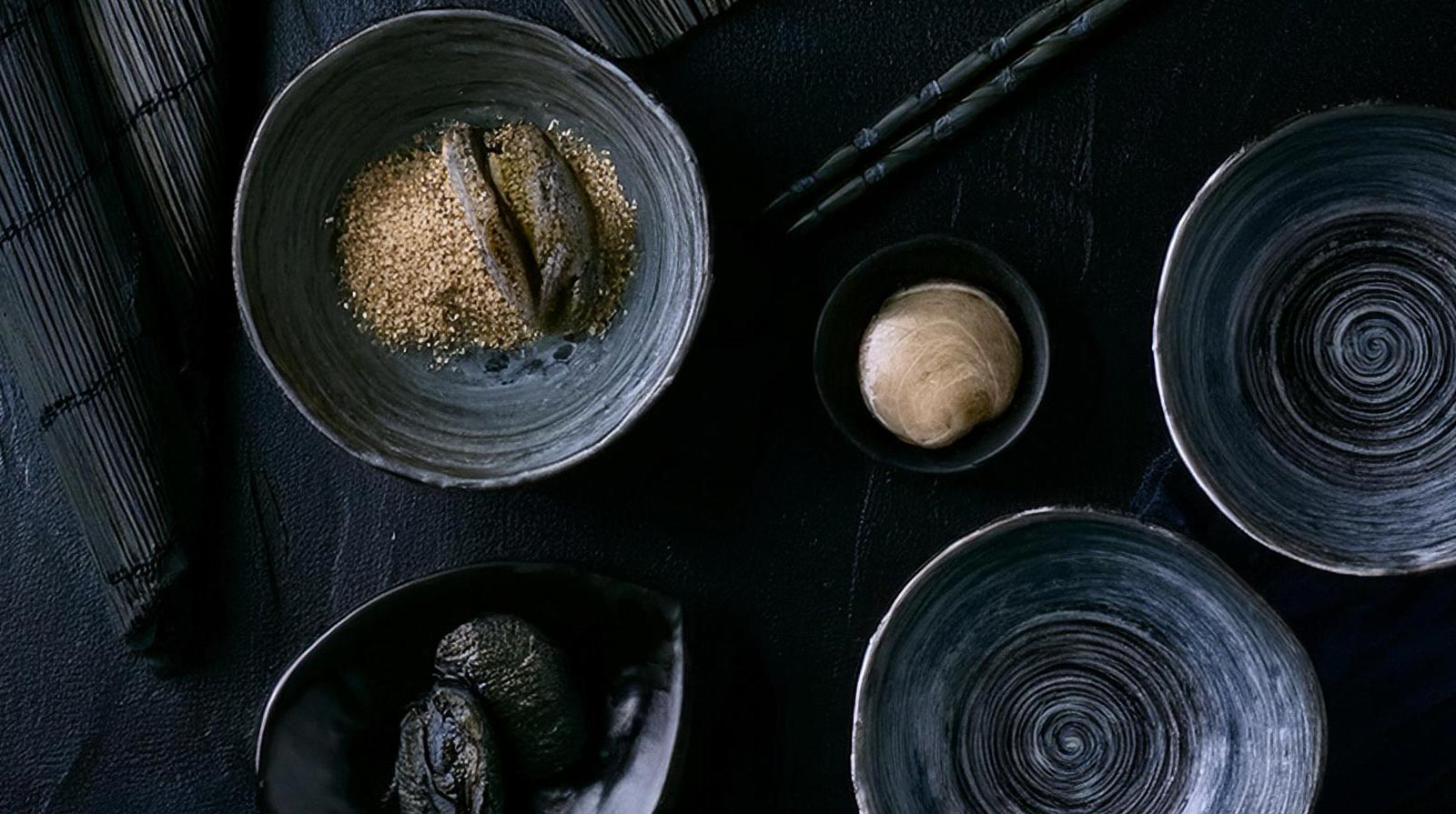Why is breaking apical dominance so important for your Growing Karma tea plants (Camellia sinensis).
If you've purchased a Camellia sinensis from growing-karma.com, you've not only brought a beautiful plant into your home, but also a fascinating piece of nature that you can actively shape. One of the most important factors influencing the growth and shape of your tea plant is apical dominance. But what exactly does this mean—and why should you sometimes break this natural growth rule? Let's explore it together!
What is apical dominance?
Apical dominance is a natural growth habit of plants in which the main stem—the tip of your Camellia sinensis—inhibits the growth of lateral buds. This is controlled by the plant hormone auxin, which is produced at the tip of the main stem and then migrates downwards. Auxin suppresses the sprouting of lateral buds and ensures that your plant preferentially grows upwards.
This is useful for wild plants, as rapid vertical growth allows them to access more light and compete better with other plants. But with a cultivated tea plant, like the one you purchased from growing-karma.com, you can use this process to your advantage by deliberately breaking apical dominance.
Why should you break apical dominance in your tea plant?
Breaking the apical dominance offers several advantages for your Camellia sinensis:
Promoting bushy growth:
Tea plants are traditionally kept in a compact, bushy form, as the fresh shoots and leaves are harvested. By interrupting apical dominance with a cut, you stimulate the growth of lateral buds, and your plant will produce more side shoots. This makes it denser and more productive.
More harvest potential:
By deliberately encouraging side shoots, you increase the number of young leaves you can use for your tea. The more shoots your plant forms, the more leaves you have available.
Healthier plant:
Removing the tip encourages the plant to distribute its energy more evenly across multiple shoots. This results in a balanced growth habit and an overall more robust plant.
Aesthetics and care:
A compact, bushy tea plant not only looks better, but is also easier to care for and harvest. Breaking apical dominance achieves just that.
How do you break the apical dominance in your Camellia sinensis?
It's easier than you might think and only requires a little courage and the right cut.
The right time:
The best time to break apical dominance is during your plant's growing season, usually in late spring or summer. Avoid pruning in winter when your plant is dormant.
The first cut:
Cut the tip of your Camellia sinensis's main stem, approximately 2-5 cm above a healthy axillary bud (the point where a leaf or side shoot will attach). Use sharp, clean pruning shears to avoid damaging the plant.
Care after cutting:
After pruning, you can support the plant with a light fertilizer for acid-loving plants, such as rhododendron fertilizer. Ensure your tea plant gets enough water, but avoid waterlogging.
Patience:
Within a few weeks, you should see the lateral buds sprout and form new shoots. Your Camellia sinensis will grow denser and more branched.
How often should you break apical dominance?
It's usually sufficient to prune the main stem once per growing season to maintain the desired bushy shape. However, if you notice that individual stems are becoming too dominant, you can also prune those areas specifically.
The result: A magnificent, productive tea plant
By breaking apical dominance, you help your Camellia sinensis develop into a dense, vigorous, and productive plant. Whether you're cultivating your tea plant in the garden or as a potted plant, this technique not only promotes the health but also the productivity of your plant. And best of all, the process is simple and gives you the opportunity to deepen your connection with nature even further.
At Growing Karma, we want you to get the most out of your tea plant. With a little care, patience, and proper pruning, you'll soon not only be able to enjoy the beauty of your Camellia sinensis, but also harvest the first leaves for your own tea. Give it a try and be amazed by the results!




Leave a comment
This site is protected by hCaptcha and the hCaptcha Privacy Policy and Terms of Service apply.